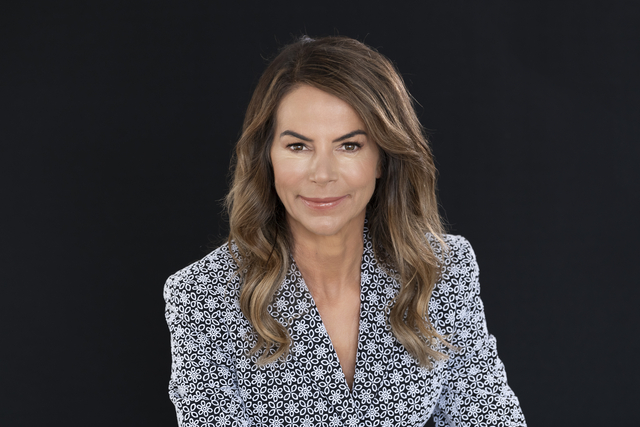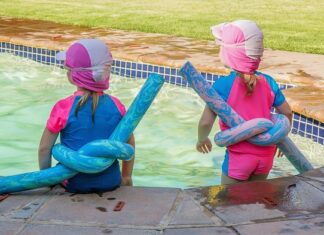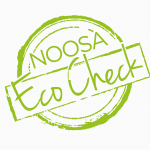In local government, one of the most effective ways to respond to community concerns and shape Council direction is through a notified motion.
Unlike regular agenda items developed by Council administration, notified motions are initiated by councillors, often in direct response to what we hear from residents. Once supported by a majority, they become formal resolutions, directing action, resources, and future planning.
Over the past 18 months, I have brought a number of these motions to Council, including:
• A comprehensive audit of accessible parking
• Advocacy for improved boating infrastructure
• Increased support for Plastic Free Noosa
• Progressing an investigation into a trial of remote rescue equipment at unpatrolled beaches
These motions reflect my belief that local government must remain open to community ideas, willing to ask tough questions, and focused on real-world solutions. Here’s a snapshot of the motions I’ve brought forward and where they now stand.
Accessible Parking: Inclusion by Design (June 2025)
Council recently supported my motion to request a report on the cost and scope of auditing all Council-owned mobility (accessible) parking spaces across Noosa Shire, to be considered in the 2025/26 budget deliberations. While it may seem like a routine step, this audit has real significance for many community members.
With over 3,000 residents requiring daily mobility support and an ageing population—now about 20 per cent aged 65 or older—accessible parking demand is growing. However, many bays are reported to be too narrow, poorly located, or often occupied by non-permit holders. The current standard of one accessible bay per 100 regular spaces often doesn’t meet real needs, especially in busy areas.
Importantly, the audit will include consultation with people who rely on these bays daily, ensuring their lived experience informs future improvements and helps answer key questions:
• Are these bays located where they are truly needed?
• Do they meet real-world needs, rather than simply ticking legal boxes?
While this motion doesn’t yet commit Council to upgrades, it sets the groundwork for evidence-based investment and smarter infrastructure design.
Boating Infrastructure: Meeting Local Demand (October 2024)
A motion I brought to Council requested updates on the 2022 Boating Infrastructure Feasibility Study and progress on funding. The response confirmed that the $2.5 million pledged by the LNP has been secured.
That’s welcome news, but demand is still outpacing supply. With nearly 5,000 registered trailer boats in Noosa and only 38 designated trailer parks and four functional ramp lanes, the system is under strain, especially during weekends and holidays.
This infrastructure isn’t just for tourists—it’s critical for local families and recreational fishers. Without action, congestion, safety issues, and community frustration will only grow. Continued planning and advocacy will be vital.
Plastic Free Noosa: Reducing Waste at the Source (June 2025)
This motion aimed to scale up support for Plastic Free Noosa—a voluntary, community-led initiative helping local businesses reduce single-use plastics, especially takeaway coffee cups.
This is not about bans or penalties. It’s about education, collaboration and practical support—tools like mug libraries, shared cup systems, compostable options, and waste-reduction strategies tailored to local operators.
In 2023, Noosa collected over 2,500 tonnes of public bin waste—much of it non-recyclable. With landfill capacity shrinking across Queensland, reducing waste at the source is no longer optional—it’s core Council business.
This motion also builds on the momentum following Ex-Cyclone Alfred, which left our beaches littered with microplastics. It reflects strong community concern, aligns with feedback from Council’s Waste Reduction Strategy, the draft Destination Management Plan, the Green Economy Industry Development Plan—and is perfectly timed as we head into Plastic Free July.
Noosa Junction: Balancing Growth with Amenity (October 2024)
Concerns have grown around noise, anti-social behaviour and live music restrictions in Noosa Junction—especially as the precinct continues to develop and attract nightlife.
A motion was brought to Council calling for the exploration of a precinct management framework that balances the needs of residents with those of local businesses and venues. A report now before Council examines models such as the Business Improvement District (BID)—a structure used globally to manage shared-use areas, improve safety, and support economic vibrancy.
If supported, the next step will involve consultation with stakeholders to gauge local appetite for this approach. The goal is a precinct that’s both lively and liveable—where residents are not only consulted, but recognised as active participants in shaping the outcome.
Remote Rescue Equipment: Supporting Beach Safety (September 2024)
Another motion progressed the investigation of a trial of remote life-rings and rescue tubes at unpatrolled beaches. These low-cost, passive devices could offer vital help in emergency situations while broader water safety measures continue to be developed.
Council is now working through the next steps of this investigation. With Noosa’s coastline attracting thousands of locals and visitors each year, exploring affordable, practical safety tools is a smart and potentially life-saving investment.
In Closing
Each of these initiatives was brought to Council by me through the notified motion process. All were grounded in community feedback and aimed at making Noosa more inclusive, more sustainable, and more responsive to local needs.
That’s what democracy looks like. Notified motions ensure residents have a direct line into the Council chamber, and that your concerns—no matter how big or small—have a seat at the table.
(This article reflects my personal views and does not represent the official position of Noosa Council.)







